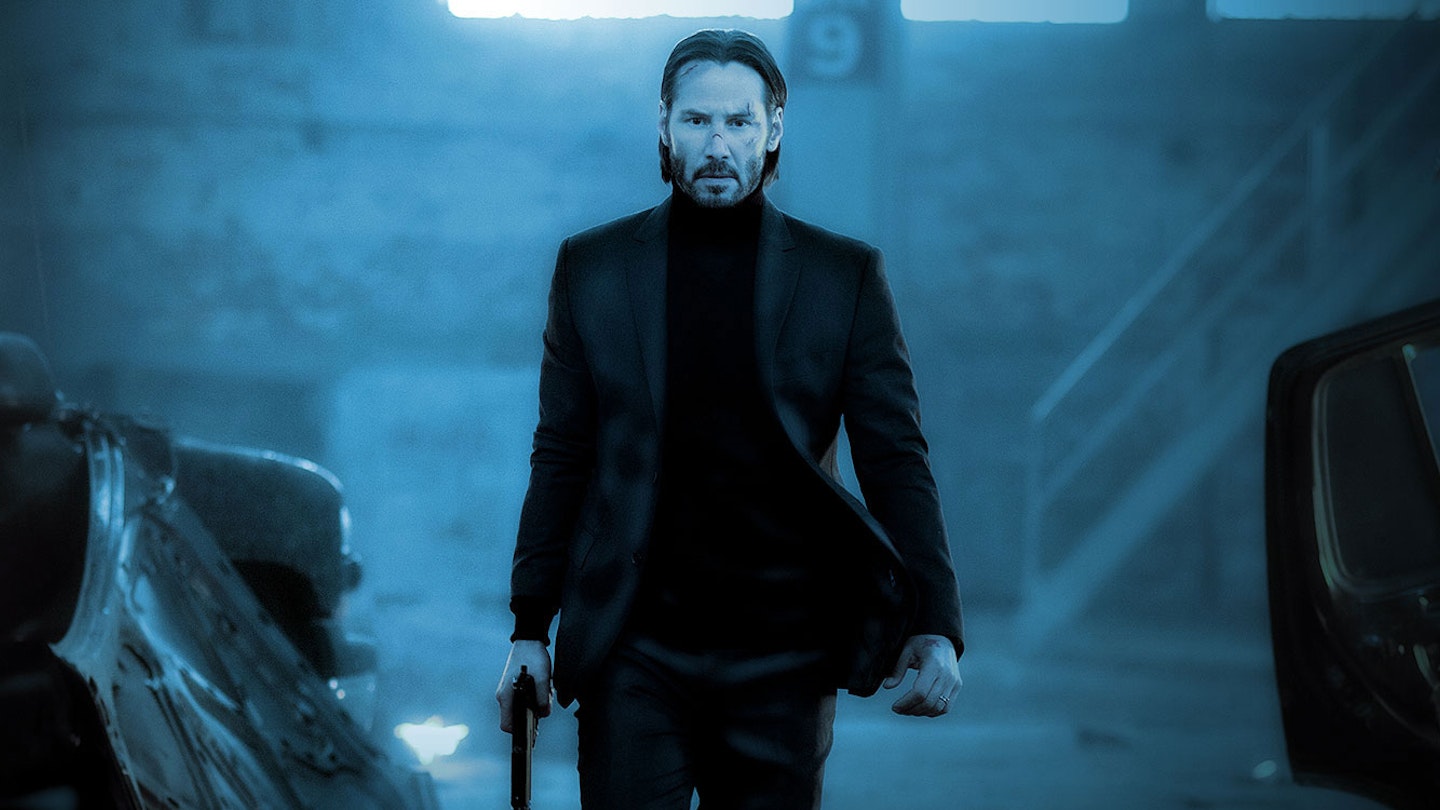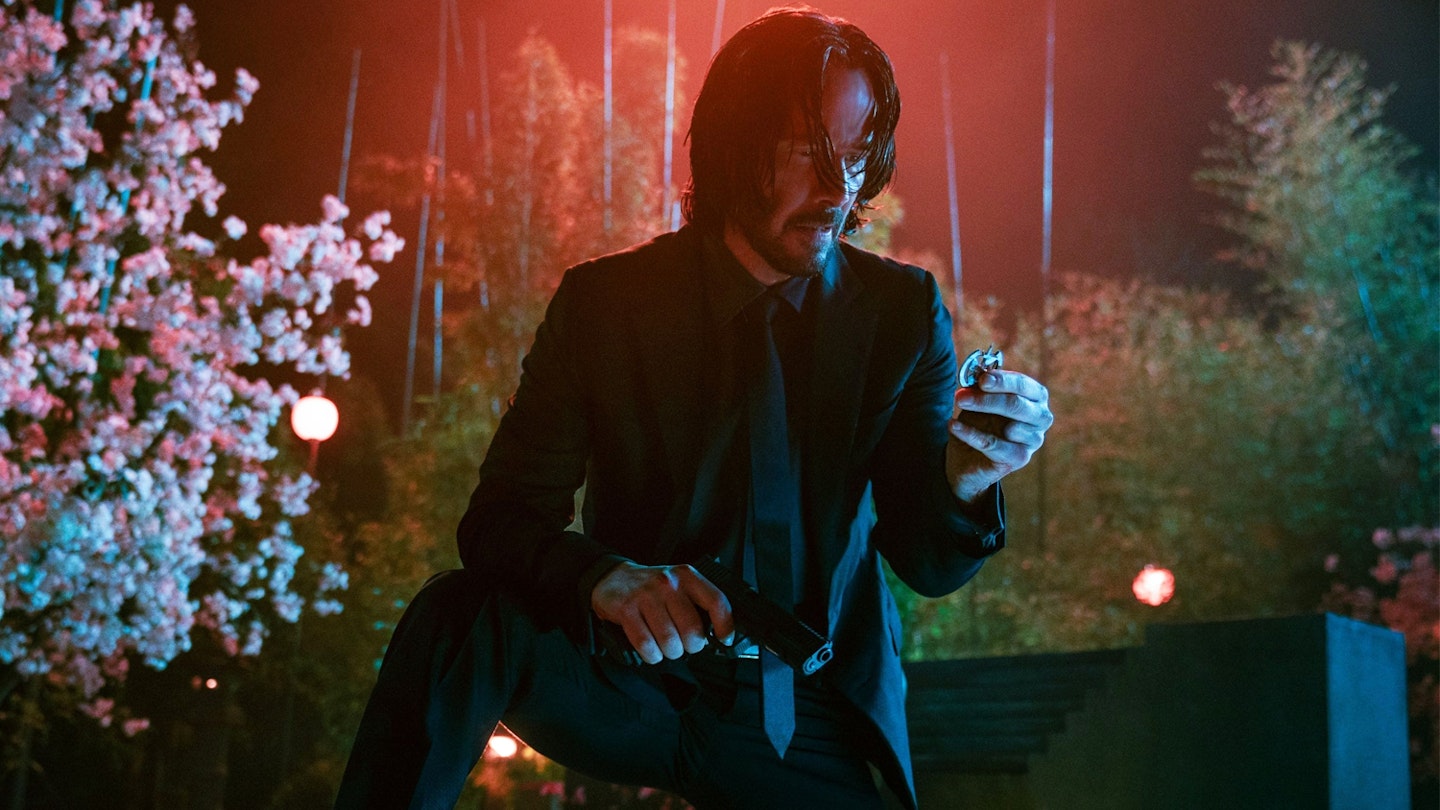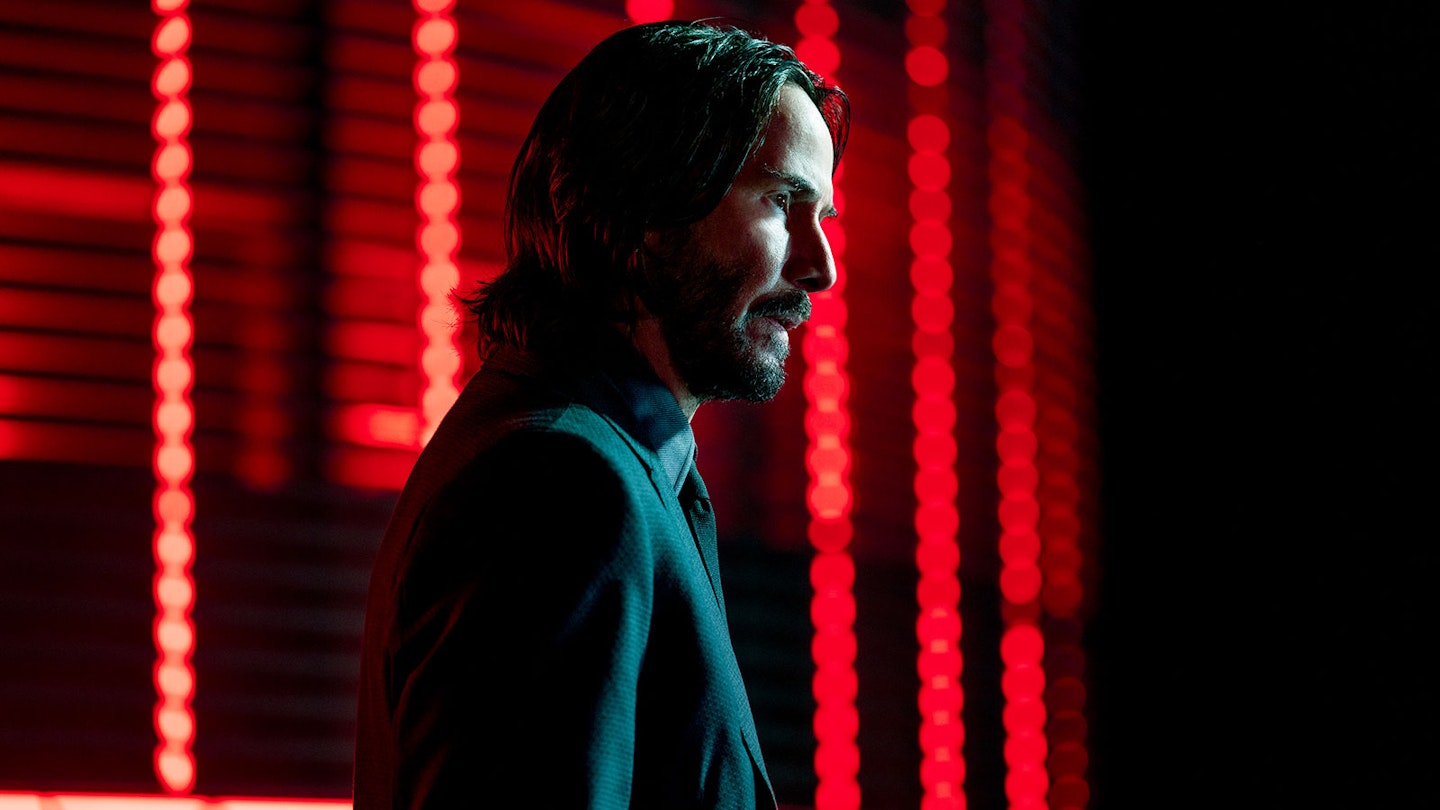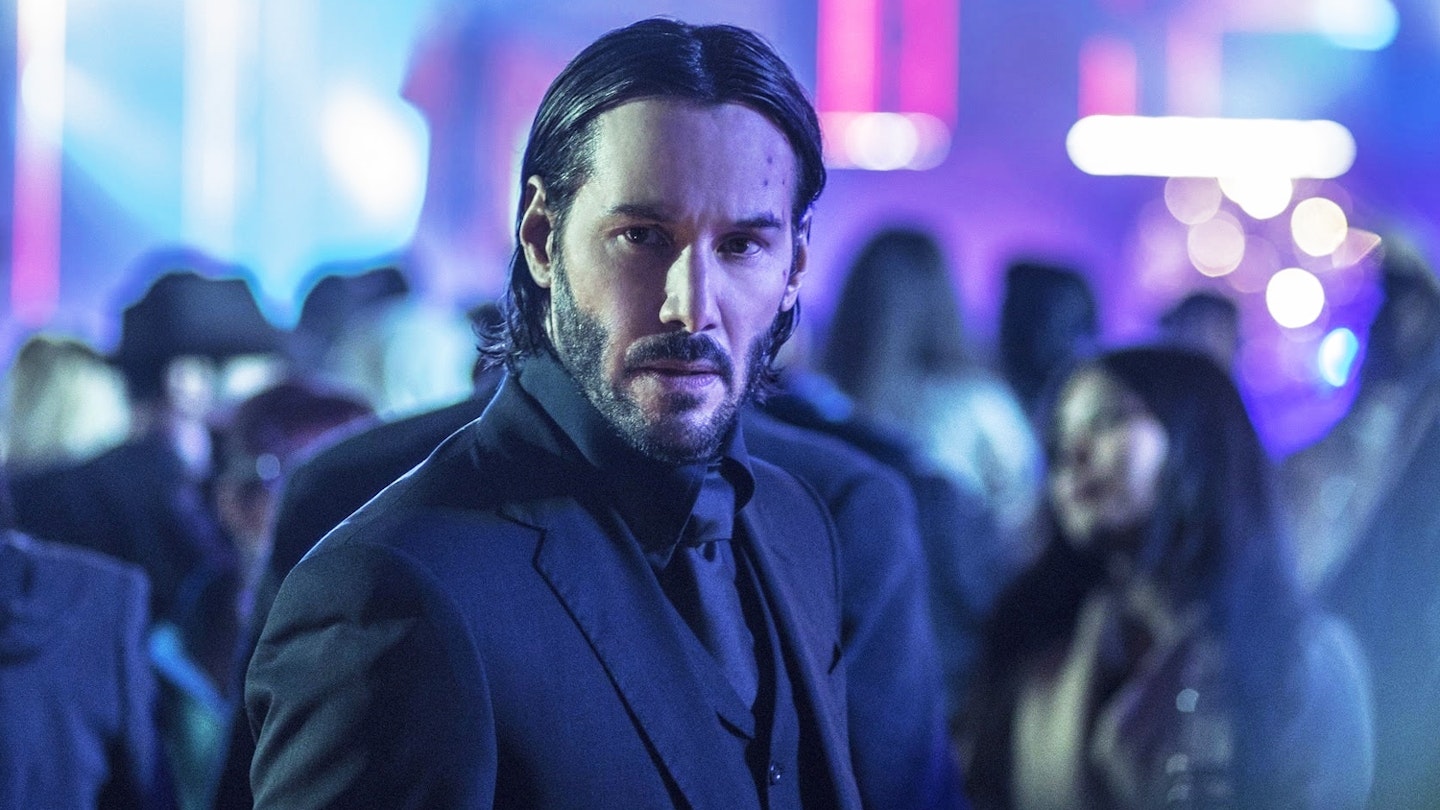Of all the characters Keanu Reeves has played since hanging up Neo’s sunglasses a decade and change ago, it’s probably fair to say he didn’t expect John Wick to be the one to stick around. When the hirsute hitman first showed up in the self-titled 2014 film, it seemed to be just another entry in the recent cycle of geriaction movies (although Reeves, then just about to hit 50, might have baulked at the description). That year alone it shared multiplex time with Denzel Washington’s The Equalizer, Kevin Costner’s 3 Days To Kill and the granddaddy of them all, Liam Neeson in Taken 3.
On the surface, John Wick seemed the same old guff about a world-class assassin called out of a peaceful retirement when he loses something near and dear to him. But from the off it was perfectly coiffed head and shoulders above the competition, with a slick, seriously stylish swagger and a darker, more playful wit (it’s not the death of Wick’s wife that puts him back in the game, but his new puppy and the theft of his car). It did well enough to warrant a second go-round.
The title Chapter 2 indicates that it’s part of a larger work, and the predictable play would be to simply ape the contours of the first movie. For a while, that’s where this seems to be going, picking up almost immediately after the first movie ends with a protracted and preposterous sequence of car-fu. From there it slides into familiar territory — an attack on Wick’s home, the presence of Thomas Sadoski’s friendly cop Jimmy (“You workin’ again, John?”), a visit to hitman hotel The Continental, with its enigmatic front desk manager Charon (Reddick) and gregarious manager Winston (McShane). Only the dog is different.
Then, against his will, bound by a blood debt to slimy gangster Santino (Scamarcio), Wick winds up in Italy and the game dramatically changes. After a fun montage where Wick suits up, tools up and checks into the Rome branch of The Continental (leave a great review on TripAdvisor), the film begins to move away from the predictable rhythms of a retread. The original movie had a quirky vein running throughout in the form of its criminal underworld governed by contracts and honour, where bespoke gold coins are the currency. Chapter 2 expands upon that mythology and in doing so doubles down on the weirdness. One scene where Wick prepares to take down a mark suddenly lurches into a wholly unexpected and quieter reflection on mortality and guilt. Derek Kolstad’s screenplay never quite heads in the direction you expect. As chapters go, this is quite the page-turner.
Wick is a man of few words but many bullets — it’s a role that fits Reeves like a glove.
Still, an action film can be as stylish and odd as all get-out, but it matters not if it skimps on the actual action. That’s not an issue here. Returning director Chad Stahelski, operating this time without creative partner David Leitch, crafts a succession of stunning slaughter scenes as the plot kicks in and Wick — using that peculiar stab/shooting method of his — finds himself dealing with some of the world’s best assassins. Gorgeously shot by DP Dan Laustsen, only one sequence — an escape attempt through Roman catacombs — outstays its welcome.
And when the brutality (there are more headshots here than on a casting director’s desk) threatens to overwhelm, Stahelski leavens the tone with traces of sly humour. You’ll smile at Laurence Fishburne’s knowing cameo, making this a Matrix reunion. You’ll laugh at a sequence where Wick and one rival take sly silenced potshots at each other in a crowded public area, like kids playing cops and robbers with their fingers. And striding through it all like a coutured colossus is Reeves. Keanu famously means “cool breeze over the mountains” in Hawaiian. Here it should stand for “cool beard shoots you in the face”. Wick is a man of few words but many bullets — it’s a role that fits the taciturn Reeves like a glove. Few actors can boast one great action role. With this, Neo, Speed’s Jack Traven and Point Break’s Johnny Utah, Reeves is up to four. Not bad for a geriaction star.







